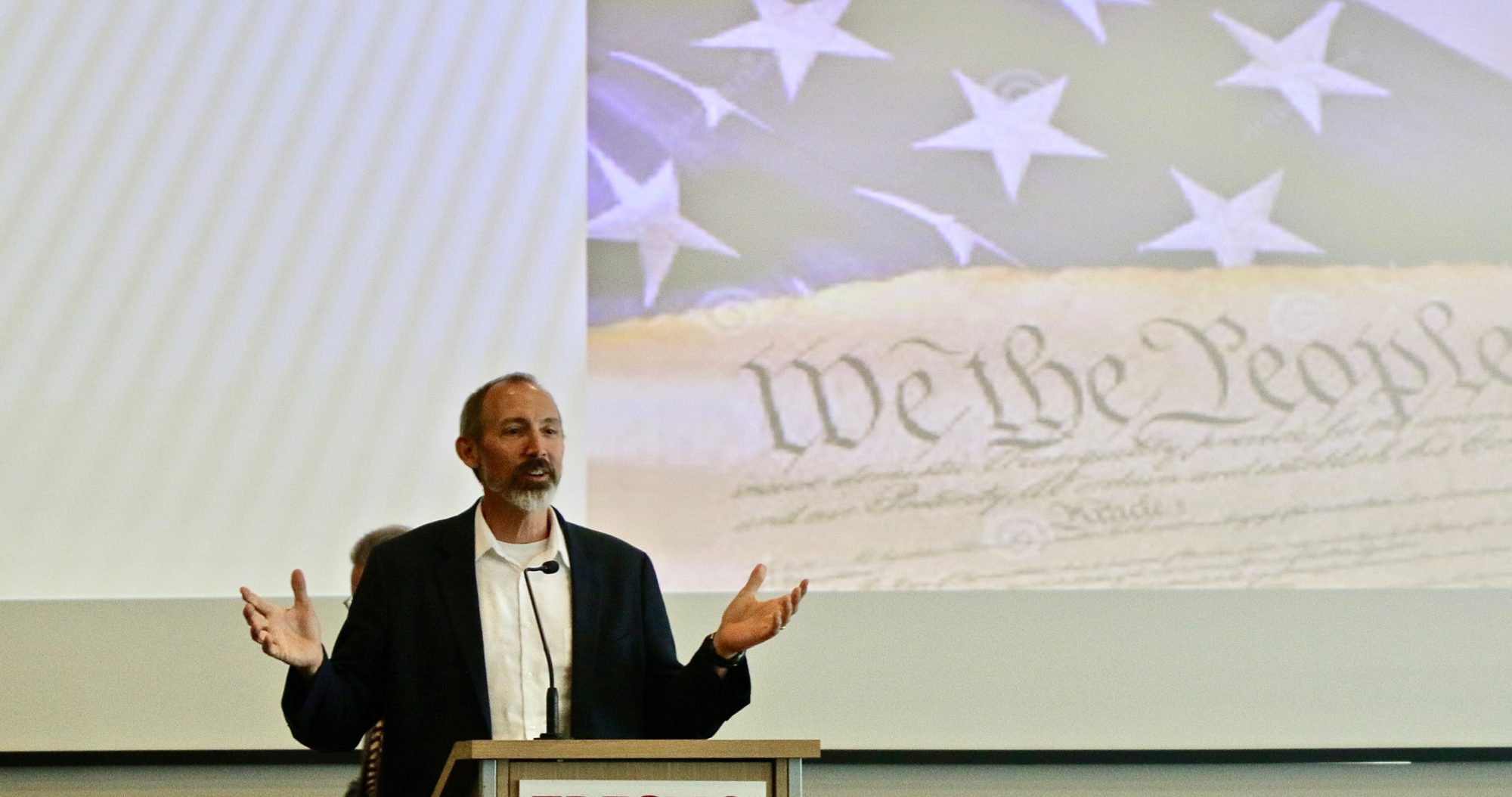Fresno Bee
March 21, 2014
http://www.fresnobee.com/2014/03/21/3835573/ethics-take-care-in-making-judgments.html
A report published last week by the Pew Research Center concludes that many people think that belief in God is essential for morality.
In the U.S., 53% of respondents believe that belief in God is essential for morality. These numbers are higher in Africa, Asia and Latin America. The numbers are high in the Middle East, with the exception of Israel, where only 37% link belief in God with morality. In European countries the numbers are lower. In France only 15% affirm the religion-morality link.
This data seems to correspond with research done by Will Gervais and other social scientists who indicate that nonbelievers have a bad reputation. People tend not to trust atheists. They don’t want their children to marry one. They are reluctant to hire one. And many will not vote for one.
These sorts of surveys are interesting — but limited. Morality and religion are complicated topics. We should be careful about reducing a millennia-long conversation about religion and morality to a few factoids taken from public opinion polls.
The morality-religion linkage is quite complex. One approach — the Divine Command theory of ethics — holds that morality is based upon God’s commands, understanding moral rules as created by God’s will. Related to this is a claim about moral knowledge: that without a revelation from God, we would not know the moral rules. Furthermore, the motivation to be moral is thought to come from hope for an eternal reward or fear of final judgment.
Critics of atheism may think that since atheists do not believe that there is a judging God, atheists have no reason to be moral. They may think that since atheists reject revelation, they can have no knowledge of morality. And they may think that without God as the source of morality, morality becomes completely groundless.
But this overlooks much. Many religious people do not simply ground morality in God’s literal commands. They interpret and apply moral rules using reason and common sense. It is also true that many atheists are not anti-religious zealots who think that there is nothing to learn from religion or traditional morality. Indeed, many atheists are careful and attentive students of religion.
Atheists and theists can agree that morality makes life easier and better. Murderers, rapists, liars and adulterers lead difficult and miserable lives. Generous, truthful, caring and courageous people tend to be happier. Eternal rewards and punishments raise the stakes. But morality and happiness are closely linked in this world.
A further problem is posed by religious diversity. Those who maintain that belief in God is necessary for morality still have to explain whose God and which morality. Even within a religious tradition such as Christianity, there are big disputes about morality. Christians themselves disagree about a variety of issues, from gay marriage to abortion to the death penalty.
Disputes about religion and morality are deep and contentious. In a world of religious diversity, a broadly tolerant and humanistic approach to morality may be our best hope for finding common ground. We might agree, for example, that everyone is entitled to believe what they want about religion, so long as they respect others’ right to the same freedom of belief. Belief in God is not necessary for belief in religious liberty.
As our awareness of religious diversity increases, we must avoid simplifying the morality-religion question in the way that the Pew Center poll does. Simplistic thinking and stereotyping of this sort can foster intolerance.
Atheists are not necessarily immoral. Nor is it true that religious people are close-minded bigots. Such gross generalizations are disrespectful, unkind and unhelpful. Despite our fundamental differences, we are each struggling to make sense of life and live it well. If we acknowledged our common struggle to live well in a difficult world, we might learn to be more tolerant, generous and caring toward those who do not share our understanding of religious or moral truth.
A global morality of respect for persons and love of our neighbors is fundamental to a free and peaceful world. Morality in this sense is not the exclusive possession of any particular religion (or non-religion). Instead, it is a condition for cooperation among people who disagree about life’s hardest and most important questions.
Read more here: http://www.fresnobee.com/2014/03/21/3835573/ethics-take-care-in-making-judgments.html#storylink=cpy


